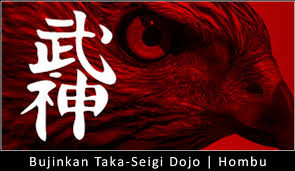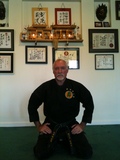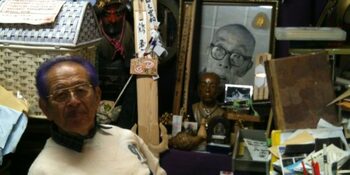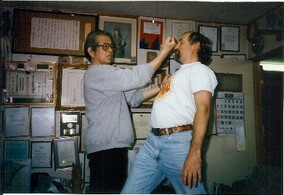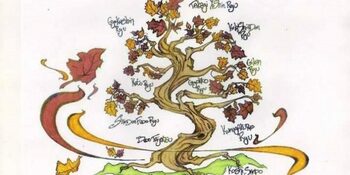
What is Uke?
10.12.18
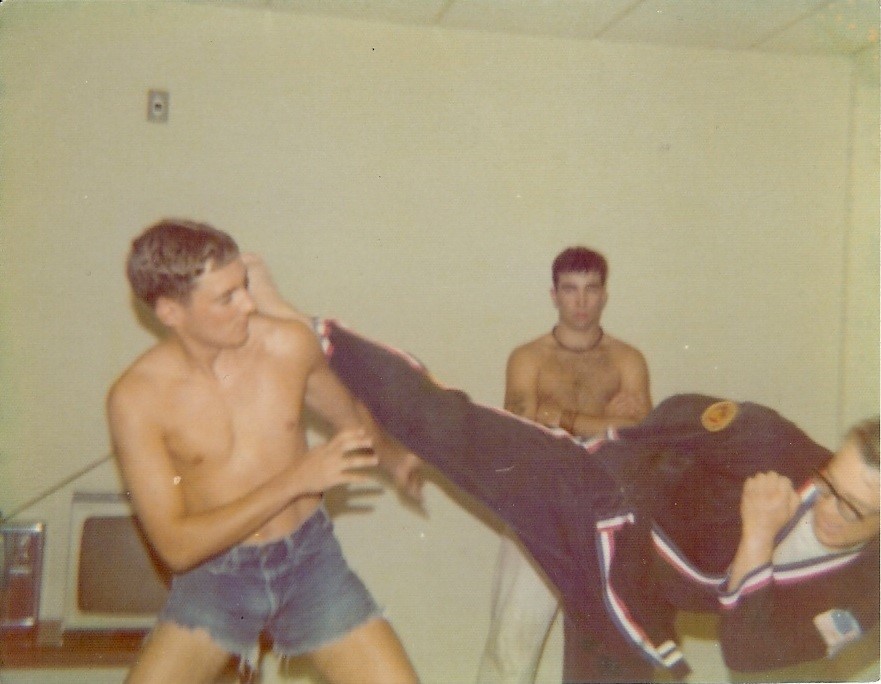
I think sometimes in the Bujinkan we have a misconception about what an Uke is and their role in training. Some think that the Uke is always the junior person and they are solely there for the senior person to learn a technique. Merely sacrificing their body so the senior person can do a good counter to whatever attack is presented. The Uke is supposed to relax and take the hit and “survive” the technique, in order to attack the senior again and again. While partially correct in a physical sense, I think this is a backwards view of the Uke and their role in training.
In every other martial art that I have trained in, the Uke is the more senior person. In fact, in my old art of Kukenpo, you had to be a black belt in order to be an Uke for the white belts. Mark Lithgow notes that this is the same in his sword school, Shinkage Ryu. Why do you think it is this way in other arts, but not so much in ours? One idea I will posit is it may be from the view of how techniques are demonstrated in our art. We see Soke teaching a technique on someone (obviously junior to him) or we train in our dojo or attend a seminar where the Sensei is demonstrating on one of his or her junior students. From these demos, it may be inferred that the junior person is always supposed to be the Uke. I will go even further to say that the Uke may even be perceived by some as the person of lesser value. I say this because I have seen a few instructors purposefully harm their Uke in order to teach them an object lesson or to try to evoke more dedication in their training. I’ve never seen the senior person get trashed. Using training or a demo to teach an object lesson to someone, in public, is wrong on almost any level and its not something a good Sensei should do. This may be the topic of another discussion some day.
“That which does not kill us makes us stronger,” right? But, Soke has said many times in training that when someone gets hurt, it’s the Uke’s fault.
So if you buy into the Uke should be the more senior person, what is the Uke’s role? It’s to help teach the junior person how to do the technique, pure and simple. A more senior Uke will already know how the technique is supposed to work or if not, will at least understand the body mechanics that go into the technique. The more senior person will ostensibly not have any ego attached to “looking bad” when a junior person takes them down. The more senior person knows how to fall and protect himself or herself while allowing the less experienced Tori to go all the way through the technique. The more senior Uke will know when to amp up the attack or tone it down to allow the Tori to learn the technique more fully. The Tori is mostly imitating what was shown, whereas the Uke has to adapt to what is being done to them and adjust their attack to support the Tori to learn the technique. During training I believe the Uke has the opportunity to learn much more about the technique and about themselves than the Tori.
And when we switch and the more experienced person is the Tori, what happens then? The more senior person then helps the Uke be a better Uke, provide a better attack, points out where they should relax, when to escape, how to fall, etc. The senior person, no matter what role they are in, continues to help the junior person to learn. When I teach seminars, I always encourage the Shihan in attendance to help the junior students learn whatever is being taught. In this way we fulfill our roles as Sensei.
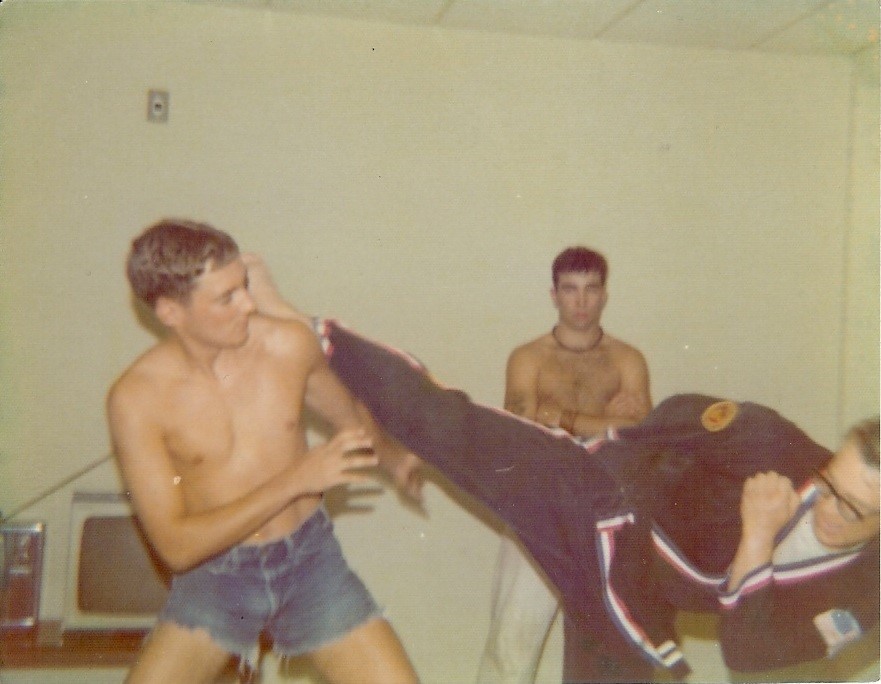
As a graphic example of the Uke/Tori relationship, the photo you see is a very young (and quite handsome I might add) Phil Legare being taught counters to round house kicks by Te Kwon Do Nidan Mike MacKluskie. You will note that Mike is very much in control of his kick and is allowing me to learn the counter in a safe manner. This photo was taken in early 1974, shortly after I had completed USMC boot camp at Parris Island.
What are your thoughts on being Uke? Let me know in the comments below!
Phil Legare
Strength Through Proper Training
